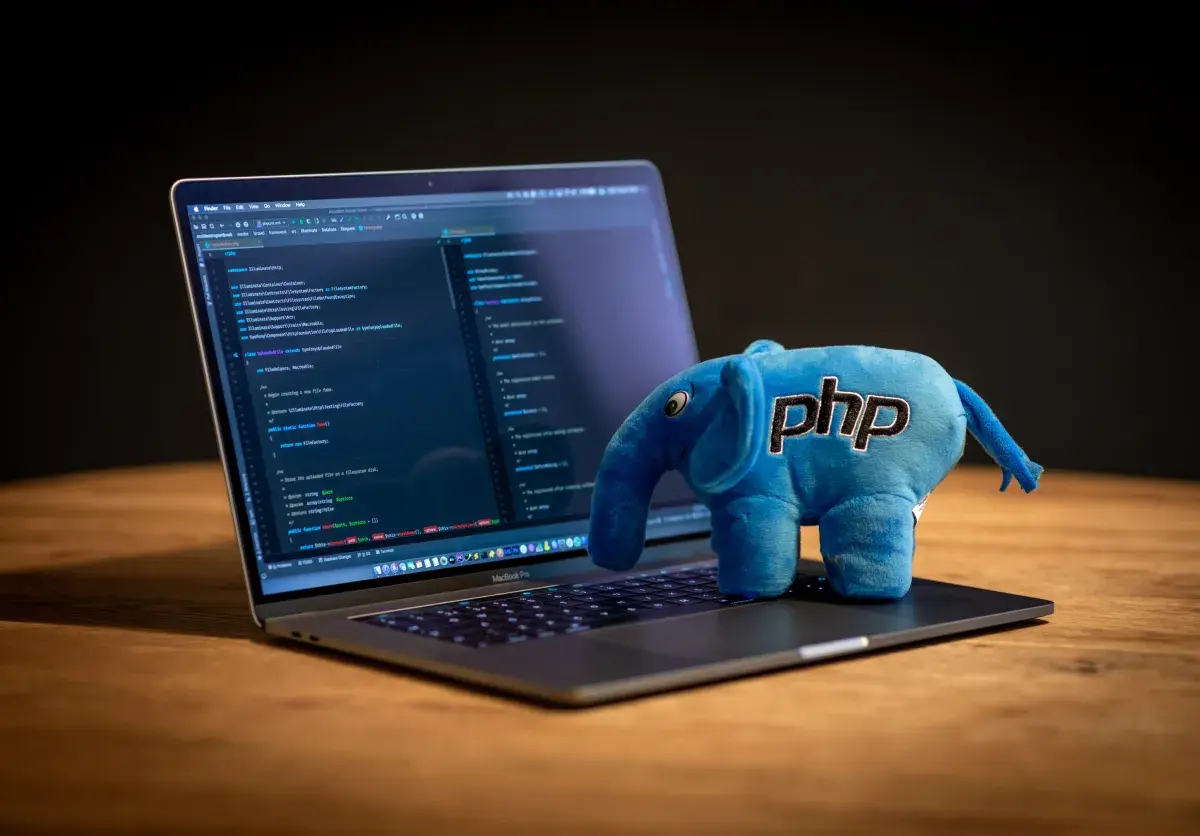Pulse of Information
Your source for the latest insights and updates.
PHP: Building Bridges Between Code and Chaos
Unlock the secrets of PHP and transform chaos into code! Discover practical tips and tricks that bridge the gap to your programming success.
Understanding PHP: The Language that Powers the Web
PHP, which stands for Hypertext Preprocessor, is a powerful scripting language that plays a crucial role in web development. Designed to be embedded within HTML, PHP allows developers to create dynamic content that can respond to user input, making it an essential tool for building interactive websites. With its ability to work seamlessly with databases, particularly MySQL, PHP enables the creation of robust applications such as content management systems (CMS), e-commerce sites, and social networking platforms.
Not only is PHP easy to learn for beginners, but it also offers advanced features that experienced developers can leverage. It supports a variety of frameworks and content management systems, including WordPress, Laravel, and Symfony, significantly speeding up the development process. Furthermore, PHP's vast community and extensive documentation make it easier to troubleshoot issues and find solutions when needed. As the backbone of many of the internet's most popular websites, understanding PHP is essential for anyone looking to make their mark in the world of web development.

PHP Best Practices: Writing Clean and Maintainable Code
Writing clean and maintainable code in PHP is crucial for the long-term success of any project. Adopting best practices not only enhances the code's readability but also improves collaboration among team members. Key principles include adhering to the PSR standards, such as PSR-1 and PSR-2, which provide guidelines for consistent coding styles. Additionally, employing meaningful variable names, avoiding deep nesting, and implementing proper indentation can greatly contribute to cleaner code. By following these conventions, you ensure that your code is intuitive and easier to manage, fostering an environment where developers can work together efficiently.
Another essential practice for achieving maintainability is modular programming. Breaking your code into smaller, reusable functions and classes not only promotes code reusability but also simplifies testing and debugging processes. Creating unit tests for your code can help catch errors early, leading to fewer issues when changes are made in the future. Furthermore, documenting your code with clear and concise comments is invaluable; it aids both current and future developers in understanding the purpose and functionality of the code. Implementing these best practices will undoubtedly lead to more robust PHP applications that are easier to maintain and extend over time.
Common PHP Errors and How to Troubleshoot Them
Common PHP Errors can be a significant hurdle for developers working on web applications. Understanding these errors is crucial for troubleshooting and improving code quality. Some prevalent errors include Parse Errors, which occur when the PHP parser encounters unexpected characters, and Fatal Errors, which arise when the script encounters an issue that prevents it from continuing. Additionally, Warning and Notice Errors are also common, indicating non-fatal problems that may still affect functionality and performance.
To effectively troubleshoot these errors, developers should follow a systematic approach. First, carefully read the error messages provided by PHP, as they often include line numbers and descriptions that can pinpoint the issue. Second, utilizing error_reporting functions and enabling display_errors in the PHP configuration can provide more insight into what is going wrong. Lastly, consider reviewing the code for common mistakes such as missing semicolons, unclosed brackets, or function name typos, and make use of debugging tools and online communities to seek assistance when needed.